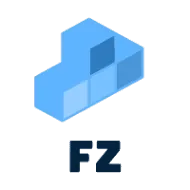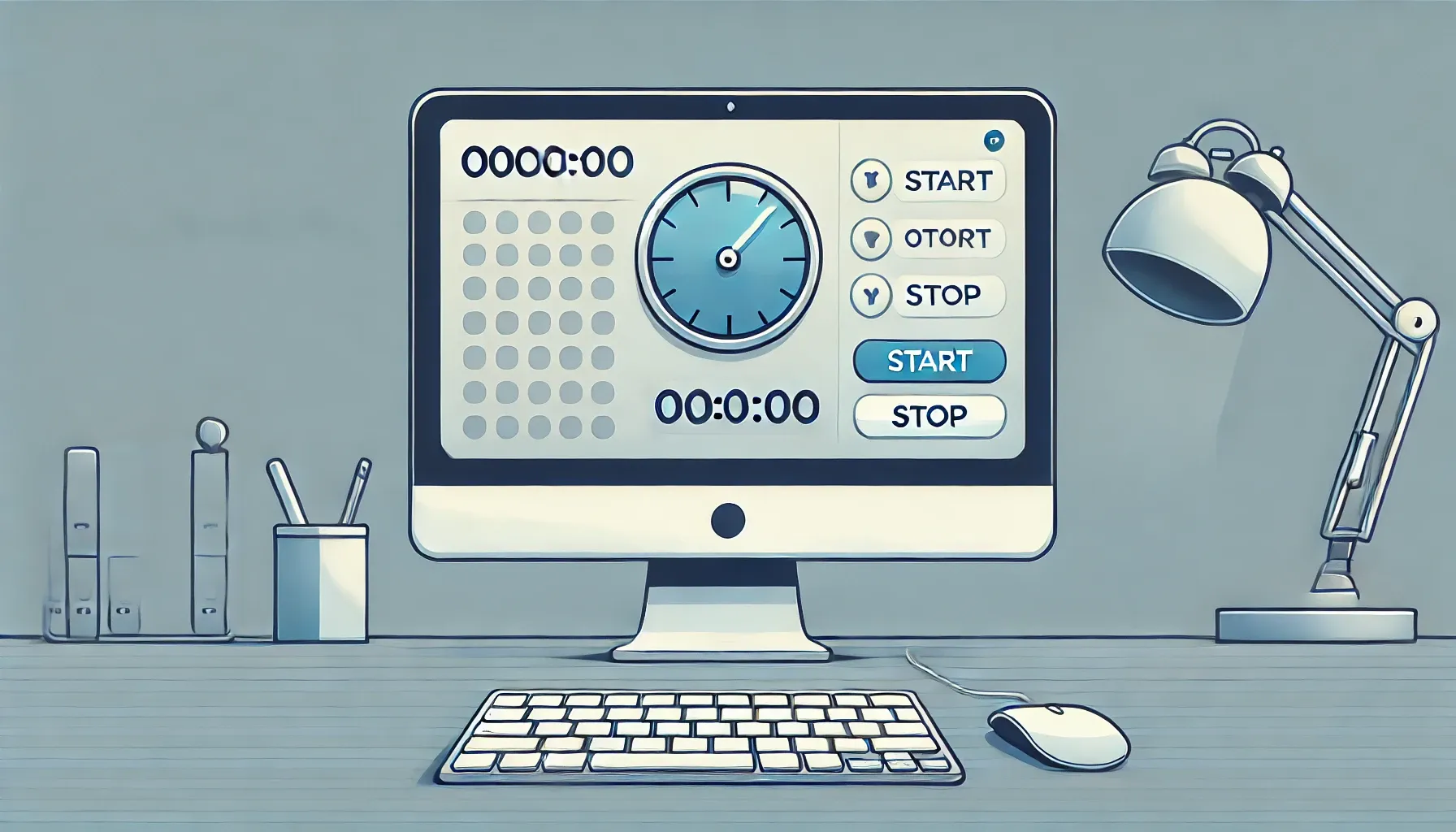Building a Time Tracking App with Tkinter and Pygame in Python
Creating a graphical user interface (GUI) for a time tracking app in Python can be accomplished using various libraries. Two popular choices are Tkinter, which is widely used for standard applications, and Pygame, which is generally utilized for game development but can also be adapted for other types of interactive applications. This article provides a comprehensive guide on how to use both to create a functional time tracking application.
Using Tkinter to Create a Time Tracking App
Tkinter is the standard GUI toolkit for Python. It provides a powerful object-oriented interface and is simple to learn and use.
Step 1: Setup
Before starting, make sure Python and Tkinter are installed. Tkinter is included with Python by default in most installations.
Step 2: Create the Main Window
Begin by importing Tkinter and setting up the main application window:
import tkinter as tkfrom tkinter import ttk
root = tk.Tk()root.title("Time Tracker")Step 3: Design the GUI
Add essential GUI components. For a time tracker, you need a display for the time and buttons to control it:
timer_label = ttk.Label(root, text="00:00:00", font=("Segoe UI", 30))timer_label.pack(pady=20)
start_button = ttk.Button(root, text="Start", command=lambda: start_timer())start_button.pack(side=tk.LEFT, padx=20)
stop_button = ttk.Button(root, text="Stop", command=lambda: stop_timer())stop_button.pack(side=tk.RIGHT, padx=20)Step 4: Add Functionality
Define the functions that will start, stop, and update the timer:
running = Falsestart_time = 0
def update_timer(): if running: elapsed_time = time.time() - start_time minutes, seconds = divmod(int(elapsed_time), 60) hours, minutes = divmod(minutes, 60) timer_label.config(text=f"{hours:02}:{minutes:02}:{seconds:02}") root.after(1000, update_timer)
def start_timer(): global running, start_time if not running: running = True start_time = time.time() update_timer()
def stop_timer(): global running, start_time running = False start_time = 0 timer_label.config(text="00:00:00")Step 5: Main Loop
Keep the window open and responsive:
root.mainloop()Using Pygame as an Alternative
Pygame offers more flexibility in terms of graphics and animations, making it a viable alternative for building a time tracking app, especially if you want custom visuals.
Step 1: Install and Import Pygame
Ensure Pygame is installed using pip (`pip install pygame`) and then import it:
import pygameimport sysfrom pygame.locals import *import timeStep 2: Initialize Pygame
Set up the main display and clock:
pygame.init()fps_clock = pygame.time.Clock()
width, height = 400, 200screen = pygame.display.set_mode((width, height))pygame.display.set_caption('Time Tracker')Step 3: Setup Display and Fonts
Define your display parameters and fonts:
black = (0, 0, 0)white = (255, 255, 255)font = pygame.font.Font(None, 36)Step 4: Timer Logic
Initialize timer variables and define the timer functions similar to Tkinter:
start_time = Noneelapsed_time = 0running = False
def start_timer(): global running, start_time if not running: running = True start_time = time.time() - elapsed_time
def stop_timer(): global running, elapsed_time if running: running = False elapsed_time = time.time() - start_timeStep 5: Main Event Loop
Create the loop to handle events and update the display:
while True: screen.fill(black) for event in pygame.event.get(): if event.type == QUIT: pygame.quit() sys.exit() elif event.type == KEYDOWN: if event.key == K_s: start_timer() elif event.key == K_p: stop_timer()
if running: current_time = time.time() elapsed_time = current_time - start_time mins, secs = divmod(elapsed_time, 60) hrs, mins = divmod(mins, 60) time_string = "%d:%02d:%02d" % (hrs, mins, secs) else: mins, secs = divmod(elapsed_time, 60) hrs, mins = divmod(mins, 60) time_string = "%d:%02d:%02d" % (hrs, mins, secs)
time_text = font.render(time_string, True, white) time_rect = time_text.get_rect() time_rect.center = (width // 2, height // 2) screen.blit(time_text, time_rect)
pygame.display.update() fps_clock.tick(fps)Conclusion
In summary, both Tkinter and Pygame provide robust frameworks for developing a time tracking application with graphical user interfaces in Python. While Tkinter is more straightforward and suitable for typical application interfaces, Pygame offers enhanced control over graphic elements and animations, which can be particularly beneficial for applications requiring dynamic visual displays. The selection between these two should be based on the specific requirements and objectives of the project, as well as the developer’s familiarity with the libraries.
Any Questions?
Contact me on any of my communication channels:

